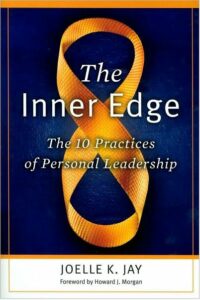I recently attended the Silicon Valley Business Journal’s 10th Annual Women of Influence event – an evening I was excited about and pleased to be a part of. When one of my clients asked me where I was going that evening, I heard myself saying I “had a networking event.” She groaned and rolled her eyes. It startled me, because her reaction was so counter to how I felt: enthusiastic and inspired. It caused me to rethink the word “networking” and our associations with it – something we may all want to do if we value relationships as an important part of leadership.
Networking has developed a negative connotation, but for leaders who want to be active, engaged and advancing in their careers, it’s worth understanding how it can be viewed as not just essential, but exiting.
First let’s explore why networking has become problematic. Many people see it as too transactional. Others find it to be a waste of time, boring, time consuming, or overly political.
But networking is also a doorway to new relationships, new opportunities, and endless possibilities. So, how do leaders make better use of networking to make sure it’s time well spent?
First, we’ll need to change our perspective. One way to do that is to redefine networking. You might even give it a new name – one that appeals to you and motivates you. For instance, above I used the shortcut explanation to my client that I “had a networking event,” but that’s not how I viewed the evening at all. I saw it as an opportunity to meet people I enjoyed working with in person, spend time with them, and celebrate the successful leaders at being honored at the event. I could have shared that instead. It would have been more accurate than offhandedly calling it “networking.” You might experiment with eliminating the term “networking” and replacing it with something you’re enthusiastic about – like spending the evening with like-minded people, building new relationships, or learning new things in your industry.
Second, we can breathe new life into networking by setting the right goals. Consciously, or unconsciously, many people go into networking with the wrong goals: rubbing elbows, boosting their ego, or being seen. No wonder when they think “networking” they roll their eyes. Instead, try going into networking situations with goals revolving around finding people who help you become more effective and proactive, and understanding more about the opportunities around you so that you can be more impactful and successful. Ultimately, the goals of networking have to be aligned to a purpose you find valuable to be effective.
When you go change your perspective about networking and choose the activities that move you forward, onward and upward, you may find yourself no longer rolling your eyes, but rushing instead to build new relationships and advance your career.
For more networking tips for leaders, see my resources and latest book, The New Advantage: How Women in Leadership Can Create Win-Wins for Their Companies and Themselves.
